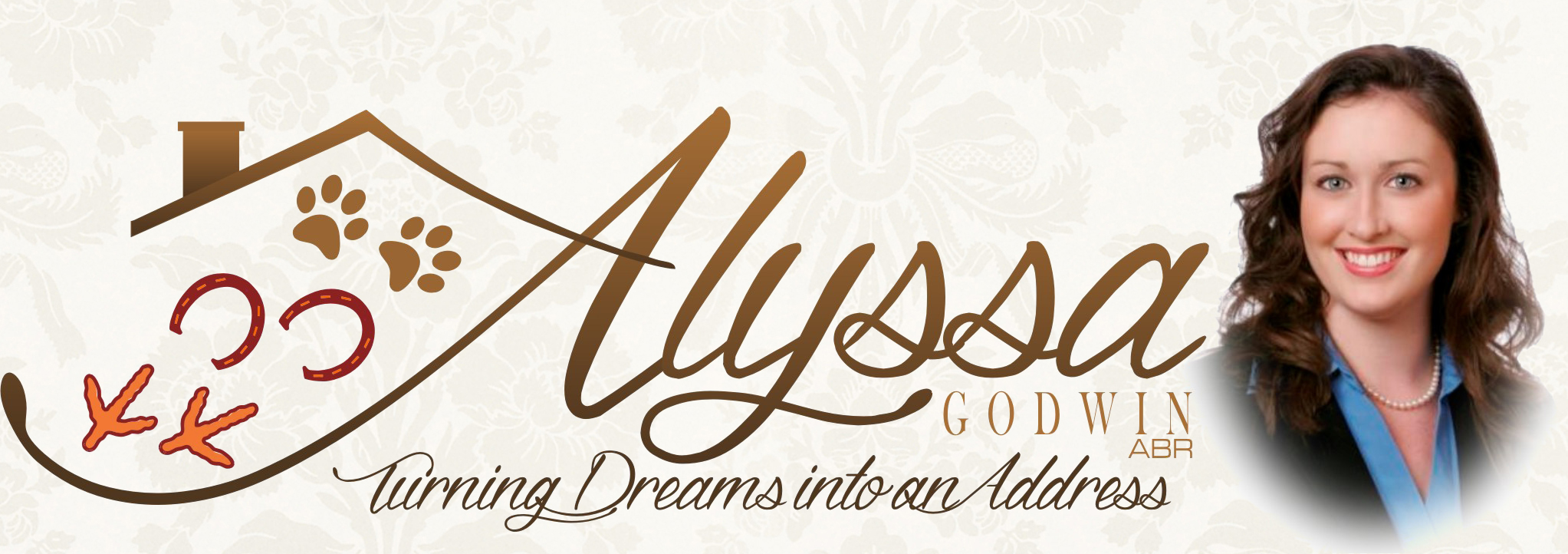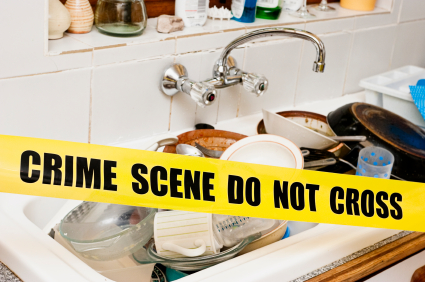8 Dirty Secrets In Your Home
In denial about the crud that’s festering in the nooks and crannies of your home? The maintenance and cleaning pros we talked to say these eight jobs are among the grossest — and among the most important. One job could even save your life.
Deep breath …
1. Cruddy undersides of rugs
Look under your area rugs for a nasty surprise — a sea of grit and dust — despite regular vacuuming.
 What to do:
What to do:
- Move furniture, fold over the rug, and vacuum dirt and dust from its underside. Sweep and mop the floor, too.
- While you’re under the hood, check the rug’s condition. If there’s no staining or discoloration, a good floor cleaning and vacuuming of the rug’s underside is enough.
- If pets, kids, or wine have left their mark, invest in a professional cleaning. A pro will run between $1.50-$3/sq. ft. of rug, depending on the type of rug. Delicate natural fibers are usually more costly to clean than synthetics.
2. Disgusting disposal
Your kitchen has more germs than even your bathroom. And your garbage disposal and its splash guard flaps just might be the most disgusting place in the house — slimy, smelly, and befouled with old food.
What to do:
- Scrub the underside of the rubber flaps with an old toothbrush and warm, soapy water.
- Pour a 1:1 ratio of white distilled white vinegar and baking soda down the drain. Let it sit overnight and flush with boiling water to sanitize.
- Toss frozen cubes of white vinegar (just freeze it in an ice tray) down the disposal while it’s running. This will sharpen and sanitize the disposal’s grinding blades.
- Freshen up the drain with slices of lemon or other citrus fruit. Peels are OK, but if you have fruit to spare, the citrus acids will help disinfect and freshen.
3. Greasy kitchen vent hood
Your range vent hood works hard to absorb smoke, steam, and grease. Just like you change air filters to extend the life of your HVAC, you should clean the vent filter. Not only will this make the vent more efficient, it’s a safety measure. Should you have a grease fire, a greasy hood and filter can spread the fire into your home’s duct work.
What to do:
- Remove the hood filter according to directions for your vent hood model. If you don’t have the paper manual anymore, search online for a copy.
- Soak the filter in a kitchen-grade degreaser.
- Once most of the grease has dissolved, rinse the filter with soapy water.
- While you’re soaking the filter, clean the greasy interior of your vent hood.
- Use a kitchen-grade degreaser for the hood like the one you’re soaking the filter in.
- Wipe the hood’s interior with a sponge or rag.
4. Crumby kitchen crevices
No matter how spotless your kitchen surfaces are, crumbs, morsels, and drips of stuff have fallen into the crannies between appliances and countertops, tempting bugs and vermin.
What to do:
- For appliances with a bit of ground clearance, like a refrigerator, use the vacuum crevice attachment to suck out the yuck.
- For appliances with less room to maneuver, attach microfiber cloths to a yardstick with rubber bands. Slide and grab under and between appliances.
- Sneak an old-school feather duster between counter cracks or under appliances. Get one with an extra-long handle ($15-$25) or use a flexible duster specifically designed to slide under appliances.
5. Grimy fans and ceilings
Dispatching the out-of-sight, out-of-mind dust (sloughed-off skin cells, dust mites, and outdoor allergans) that lives on ceiling fans and light fixtures means better indoor air quality and fewer allergy problems.
What to do:
 Dampen the inside of a pillowcase and slide it over each ceiling fan blade. As you slide it off, run your hands along the sides of the blade to wipe up dirt and dust so the dreck doesn’t rain down on you. Get a spotter if you’re balancing on a ladder or chair.
Dampen the inside of a pillowcase and slide it over each ceiling fan blade. As you slide it off, run your hands along the sides of the blade to wipe up dirt and dust so the dreck doesn’t rain down on you. Get a spotter if you’re balancing on a ladder or chair.
- For less-dusty ceiling fans, use a microfiber duster that’ll grab the blades. ($7-$20)
- For oily or grimy buildup on ceilings, especially in the kitchen or bathroom, run a flat mop tool with a microfiber or soap-cloth attachment along the ceiling. Dish soap will do nicely.
- Remove light shades or covers from ceiling fixtures to wipe out dust and bugs. But turn the light off first.
6. Grungy toilets
You’re not getting down-and-dirty with your toilet until you scrub where the commode meets the bathroom floor.
What to do:
- Check that the caulk at the base of the toilet is sealing the area. If it’s worn, remove the remaining caulk with a utility knife. Then re-seal it. For extra germ-fighting, choose a caulk with Microban.
- Slide a feather duster behind the tank to brush off any dirt or dust, and use a sponge or damp microfiber cloth to scrub all the way around the porcelain base.
7. Debris-filled crawlspace
No one wants to crawl around under the house — except bugs and rodents. If you suspect critters are playing house, skip the DIY and consult a pro. Otherwise, it’s a good idea to check your crawlspace annually to check for water penetration and clean out debris.
What to do:
- Wear personal protective equipment, such as coveralls, a dust-mask, goggles, and gloves.
- If you see mold, don’t disturb it. Call a professional mold remediation company.
- If you don’t see mold, check your vapor barrier for holes, deterioration, or uncovered areas. If you’re handy and comfortable with working in cramped crawlspace conditions, you can fix it yourself with supplies from your local hardware or home store. Otherwise, call a handyman. If the problem seems more extensive (major holes or large uncovered areas), call a foundation specialist.
- Make sure there’s no standing water on top of the vapor barrier. That could mean water is coming from leaking pipes or gutters. It’s a recipe for mold and rot. Call a pro who specializes in foundation or crawlspace work pronto.
- Push out trash through the nearest vent or access door. When you go outside to collect the debris, secure vents and doors so nothing else will blow, crawl, or slither in.
8. Linty dryer vents
This is one of the most important dirty jobs, because cleaning your clothes dryer’s lint trap and vents will extend its life, improve its efficiency, and save your life. Clothes dryers cause more than 15,000 structural fires, injuring 400 and killing 15 people on average each year. “Failure to clean” is the leading contributing factor to these fires.
What to do:
- Use a dryer vent cleaner (about $15), a long, flexible, thick metal cord that snakes through the dryer vent’s dark corridors, to sweep out lint and dust.
- Use your vacuum’s crevice tool to suck out hangers on in the lint trap.
- Vacuum underneath and around the back of the dryer to clear out any remaining lint colonies.
Visit houselogic.com for more articles like this.
Copyright 2014 NATIONAL ASSOCIATION OF REALTORS®
Hampton Roads Real-e-statement is written by Alyssa Godwin, a Realtor with Liz Moore and Associates. For questions regarding buying or selling contact Alyssa at 757-329-6161 or alyssagodwin@lizmoore.com. You can also find Alyssa on Facebook or on the web at www.lizmoore.com/alyssagodwin.

